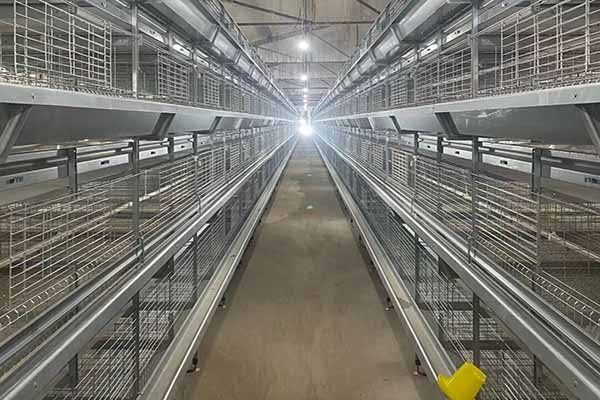Poultry House Humidity Control Systems: Essential for Optimal Poultry Farming
Understanding the Importance of Humidity Control in Poultry Houses
Humidity control is a critical aspect of poultry farming, as it directly impacts the health, growth, and overall welfare of the birds. An ideal poultry house humidity level typically ranges between 40% and 60%. Here’s why humidity control systems are essential:
– Reduces Disease Risk: High humidity can lead to increased respiratory infections and other diseases among poultry. Proper humidity levels minimize these risks.
– Improves Egg Quality: Eggs laid in poultry houses with controlled humidity have higher quality, leading to better market demand.
– Enhances Growth Rates: Poultry thrive in a controlled environment, and humidity control is a key factor in achieving optimal growth rates.
Types of Humidity Control Systems for Poultry Houses
There are several methods and systems available for controlling humidity in poultry houses. Here’s an overview:
- Evaporative Cooling Systems: These systems use water to lower the air temperature and increase humidity, creating a cooler environment. They are energy-efficient and effective in regions with high temperatures.
- Desiccant Dehumidifiers: These dehumidifiers remove moisture from the air by using desiccant materials. They are suitable for areas with varying humidity levels and are highly effective in removing excess moisture.
- Heat Exchangers: These systems use heat from one medium to control the humidity of another. They are ideal for maintaining consistent humidity levels throughout the poultry house.
Implementing Humidity Control: Key Considerations
When implementing a humidity control system in a poultry house, consider the following:
– Airflow: Ensure that the system promotes proper airflow throughout the house to evenly distribute humidity levels.
– Capacity: The system should be appropriately sized to handle the specific needs of your poultry house and the number of birds it houses.
– Maintenance: Regular maintenance is crucial for the system’s longevity and efficiency.
Case Study: The Impact of Humidity Control on Poultry Farming
A study conducted by the National Animal Health Laboratory (NAHL) found that poultry houses with humidity control systems experienced a 30% decrease in respiratory diseases compared to those without. Additionally, the average growth rate of the birds in the controlled houses was 5% higher.
Conclusion
Investing in a reliable poultry house humidity control system is a wise decision for any poultry farmer. Not only does it ensure the health and well-being of your birds, but it also leads to better egg quality and higher profits.
For more information and to receive a free, personalized poultry house design and equipment quote, contact LIVI Mechanical today.





